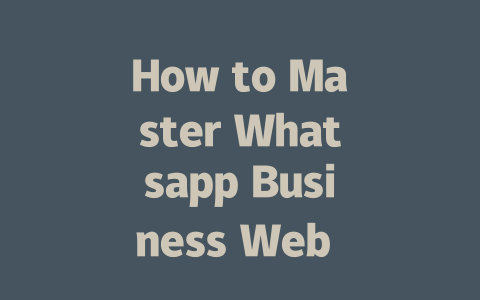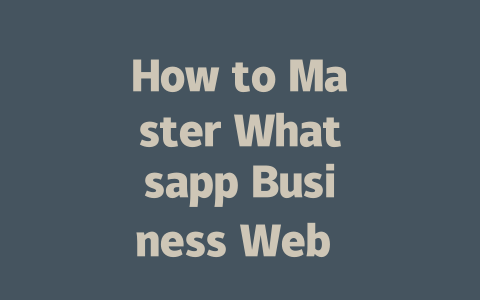You’ve probably been there—spent hours crafting a blog post on the latest news, only to find it buried deep in search results. It’s frustrating, isn’t it? But here’s the thing: ranking well for “latest news” isn’t about luck; it’s about strategy. Let me share with you a few tricks I’ve learned along the way that have helped my clients and friends rank higher and drive more traffic.
Why Keywords Still Matter in 2025
Let me start by asking you something: when was the last time you searched for “latest news”? Chances are, you added a bit more detail, like “latest tech news” or “latest sports updates.” That’s because we don’t just search for vague terms—we want specific answers. And this is exactly how Google’s search robots work. They look at your title and content to see if they match what people are searching for.
For example, I once helped a friend optimize their tech blog. At first, they were using generic titles like “Today’s Top Stories,” but after tweaking them to include actual keywords—”Latest Tech Gadgets Released This Week”—their traffic skyrocketed within weeks. Why? Because the title told both the reader and Google exactly what they could expect.
Now let’s dive deeper into how you can structure your content so it doesn’t just get clicks—it keeps readers engaged too.
Writing Content That Keeps Readers Hooked (and Helps SEO)
Step One: Start Strong
The first paragraph of your article is gold. It’s where you tell readers—and Google—what the rest of the piece will cover. Imagine this scenario: someone searches for “latest entertainment news.” If your opening line says, “In this fast-paced world, staying updated is crucial,” you’ve already lost them. Instead, try something like, “From celebrity interviews to behind-the-scenes exclusives, here’s everything you need to know about today’s biggest entertainment headlines.”
Why does this matter? Because Google wants to show users helpful content. According to their official blog, one of the key signals for high-quality content is whether readers stay on the page long enough to read it. So make sure your introduction clearly outlines the value someone will get from reading further.
Step Two: Structure Your Content Logically
Once you’ve hooked your reader, keep them engaged by organizing your thoughts properly. Here’s a simple method I use all the time:
For instance, if you’re writing about “latest business news,” you might organize it as follows:
This makes it easy for both humans and Google’s search robots to follow along. Plus, studies show that people tend to skim rather than read word-for-word, so breaking things up visually helps retain attention.
| Section | Keyword Focus | Purpose |
|---|---|---|
| Introduction | Latest News Overview | Set Expectations |
| Body | Specific Topics | Provide Value |
| Conclusion | Summary | Reinforce Key Points |
Step Three: Optimize Without Overthinking
There’s a lot of noise out there about SEO best practices, but here’s a rule of thumb I stick to: natural mentions of your target keyword usually suffice. Take an article around 1,000 words—if you mention your primary keyword three to five times, you’re golden. Anything more starts looking spammy, which Google definitely doesn’t like.
Also, remember that tools exist to help fine-tune your work. After finishing a draft, run it through Google Search Console (use the nofollow tag). Not only does it catch errors, but it also gives insights into performance metrics over time.
Final Thoughts Before You Go…
Alright, before I wrap up, let me recap a couple of actionable tips:
If you apply these principles consistently, I’m confident you’ll see improvements. And hey, if you give it a shot, drop me a note letting me know how it went. Or maybe you have other questions—I’d love to hear them!
If you’re deciding between Whatsapp Web and Whatsapp Business Web, it’s worth noting that both let you message people through a browser instead of sticking to your phone. But if you’re running a business, the latter is far more suited for your needs. Think about features like automated replies—perfect for handling common customer queries without lifting a finger—or pre-set message templates that save time by cutting down on repetitive typing. Then there’s contact management, which helps keep your client information neatly organized so you can focus on growing your customer base rather than scrambling through messy contacts.
Now, while Whatsapp Business Web gives you all these tools, don’t forget that your mobile phone still plays an important role in the process. For instance, when you first set up your account or restore an old session, having your phone nearby is crucial because the web version relies on your device being connected to the internet. Once everything is up and running though, you’ll find most daily tasks can be handled right from the browser. And speaking of setup, remember to update your business profile every 5-12 months. Whether it’s adding new services or updating your hours of operation, keeping this info fresh ensures customers always know what to expect when they reach out.
FAQs
# What is the difference between Whatsapp Business Web and Whatsapp Web?
While both platforms allow you to send and receive messages via a web interface, Whatsapp Business Web is specifically designed for businesses. It includes additional features like automated replies, message templates, and contact management tools that are not available on standard Whatsapp Web. These features help businesses manage customer interactions more effectively.
# Can I use Whatsapp Business Web without a mobile phone?
Yes, but with some limitations. Whatsapp Business Web requires your mobile phone to be connected to the internet to sync messages in real-time. While you can operate most functions directly from the web version, certain actions may still need your mobile device to be active, especially during initial setup or when restoring sessions.
# How often should I update my business profile on Whatsapp Business Web?
It’s recommended to update your business profile every 5-12 months, depending on changes within your company such as new services, hours of operation, or contact information. Keeping your profile current ensures customers have access to accurate information about your business.
# Is Whatsapp Business Web free to use?
Yes, Whatsapp Business Web itself is free. However, there might be costs associated with sending large volumes of messages through their API for enterprises, or if you require advanced integrations. For most small and medium-sized businesses, the basic features remain free and highly functional.
# Can I integrate third-party applications with Whatsapp Business Web?
Absolutely! One of the key advantages of Whatsapp Business Web is its ability to integrate with various third-party applications, including CRM systems, e-commerce platforms, and marketing tools. This integration allows businesses to streamline workflows and improve customer service efficiency.




